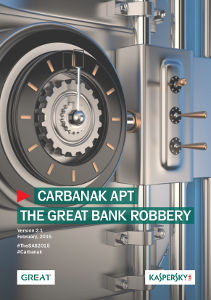Computer-based attack attribution works like the attribution of any other illegal activity: it requires a significant amount of investigation, gathering clues, corroborating information, attempting to eliminate false leads and recognize right ones, etc.
On the attackers’ side
The attacker may cover his tracks using two main techniques: plausible deniability and false flag.
Plausible deniability
Plausible deniability aims non-attribution by making the attacker’s identity unclear. It relies notably on using off-the-shelf and widely available tools and techniques, and carefully removing all metadata or potential clue.
CIA’s Development Tradecraft DOs and DON’Ts from the “Vault 7” leak is a perfect example on how to implement plausible deniability in malicious software.
False flag
False flag (in the case of a government entity we can also talk of a black ops) aims misattribution by voluntarily and actively forging clues designed to deceive investigators (or simply the targets) into attributing the attack …











